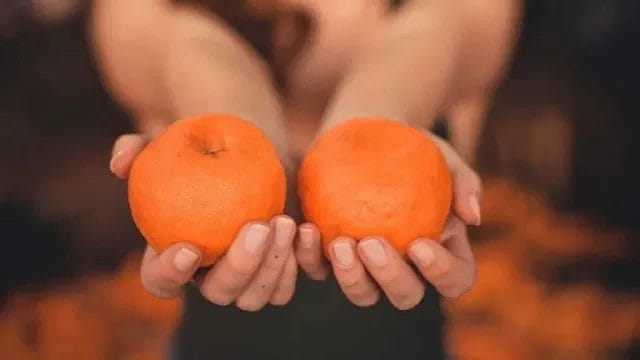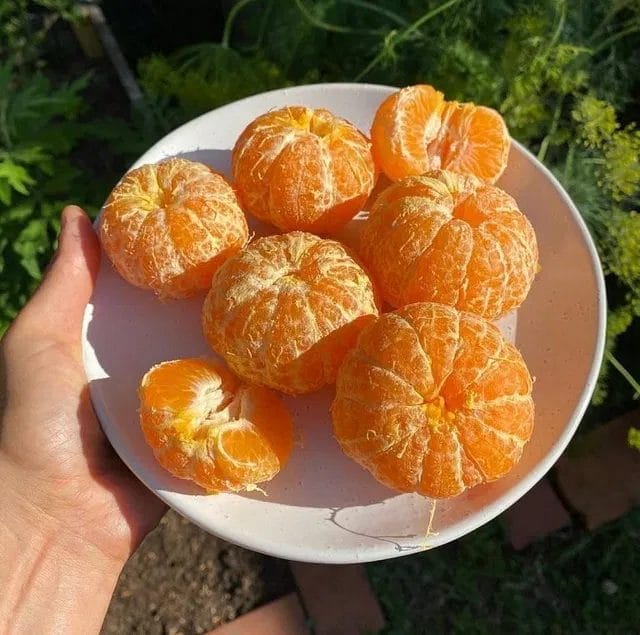by The Straits Times

Photo: The Straits Times
Mandarin oranges are a huge part of Chinese New Year, but most of us don’t realise that there are so many different varieties available for purchase in our supermarkets.
A bit of background: Native to South-east Asia and originally cultivated in large quantities in China and Japan, mandarin oranges spread further around the world only from the early 19th century.
They have since become so widely and successfully grown that mandarin varieties and hybrids together form the largest group in the citrus genus.
The mandarin orange is considered a chief citrus species, along with the pomelo and the citron. Almost all other commonly eaten citrus fruits, including regular oranges and lemons, are descendants of these three and their hybrids.

Credit: The Straits Times
Many mandarin types are at their seasonal best between mid-winter and mid-spring, when the New Year falls.
Their round shape and golden colour are also considered auspicious, symbolising wealth and good fortune; and they are conveniently sized for giving and eating.
How to store mandarin oranges?

Credit: Fruitarian / Instagram
When storing mandarin oranges, always remember: Freshness equals flavour.
- Keep mandarins away from dampness and high temperatures. Discard any wrappings that can trap moisture and place the fruit in a shallow woven basket or container that allows for some air circulation. Avoid using a deep container and try not to stack the mandarins too high, as this hinders air circulation.
- Go over all the fruit at least once a day to check for incipient soft, bruised or brown spots, which can deteriorate quickly, and remove any blemished ones.
- You can also store mandarins loosely packed in paper bags in the fridge vegetable drawer, but check their condition every couple of days.
Are those orange-looking fruits from potted plants safe to eat?
Some of the ornamental potted plants sold at Chinese New Year bear fruit which resemble tangerines or clementines.
Likely hybrids of calamansi, mandarin and other small citrus, the plants are often developed and grown for looks rather than taste, and may have been treated with pesticides, sonever assume they are edible. Always check with the vendor if they can be eaten.
Here is a guide to the many different types of mandarins sold at supermarkets and wet markets during Chinese New Year.


